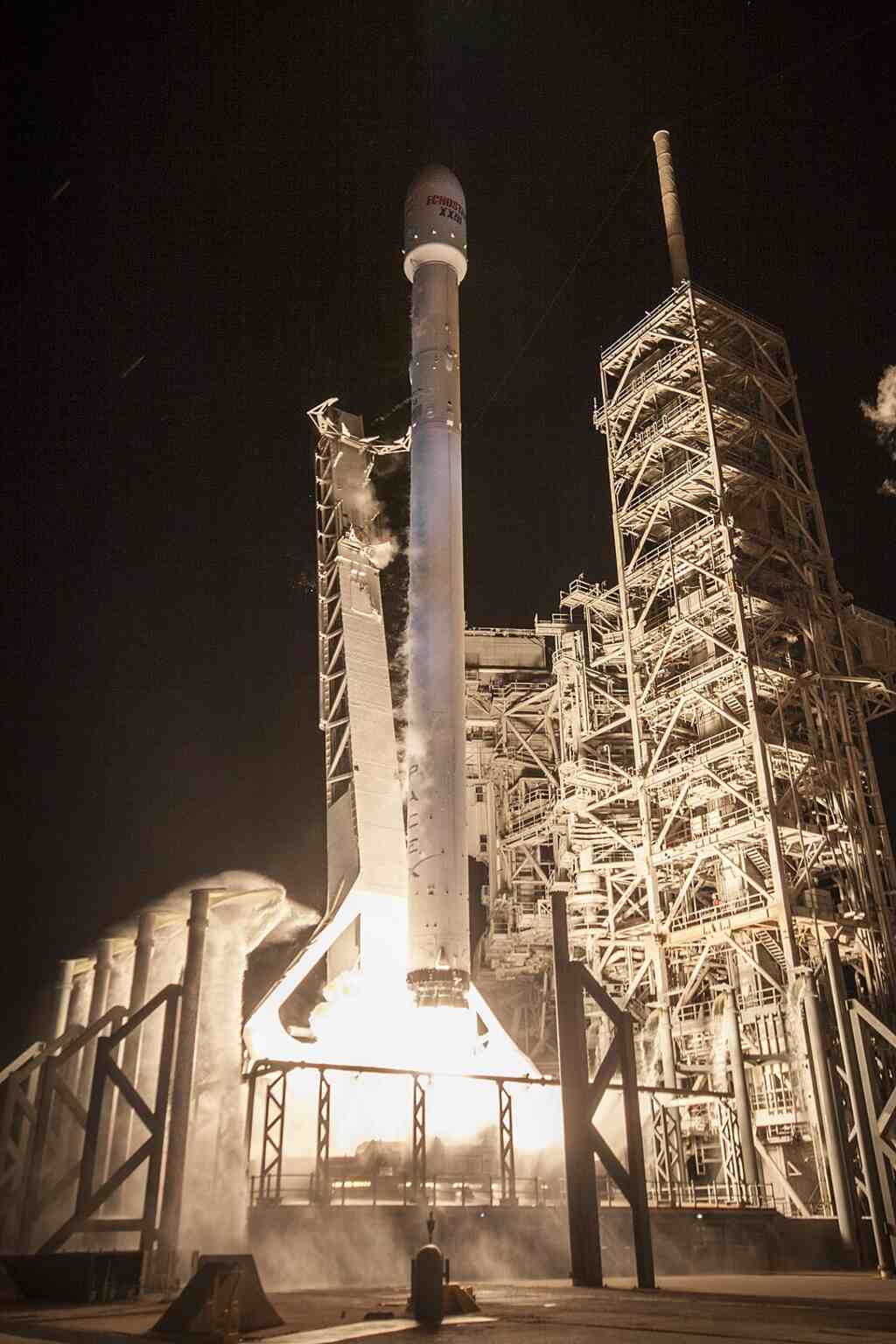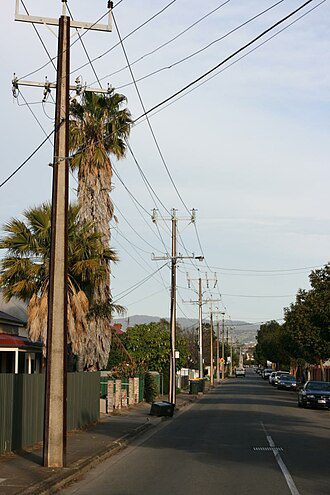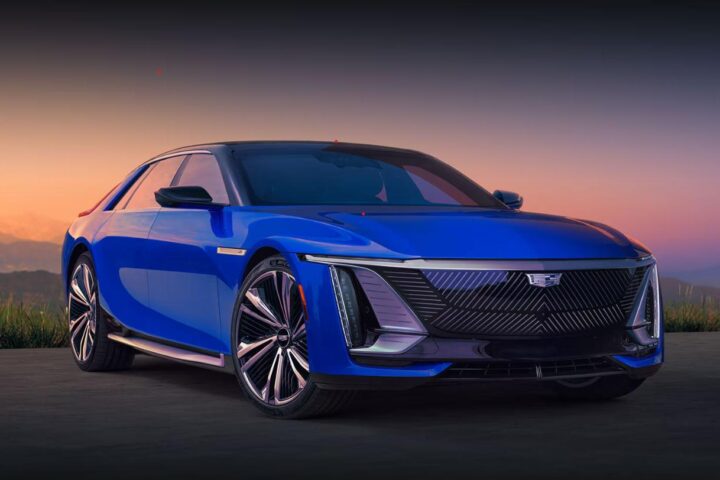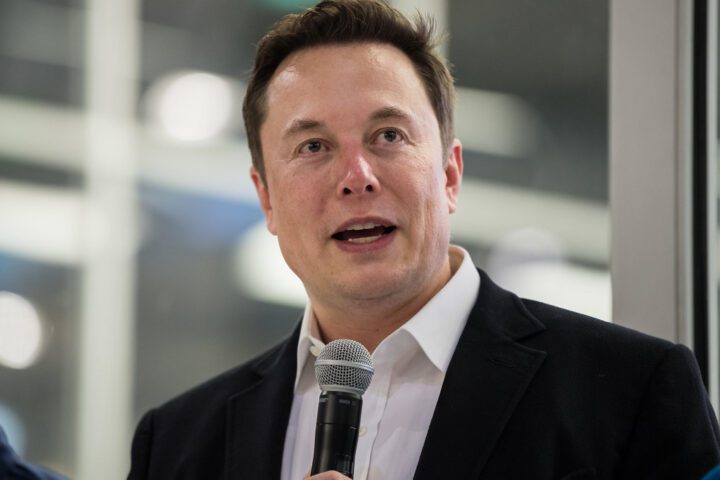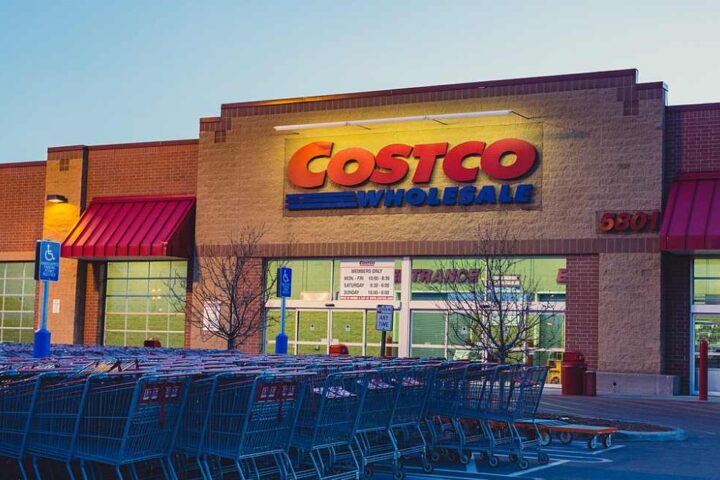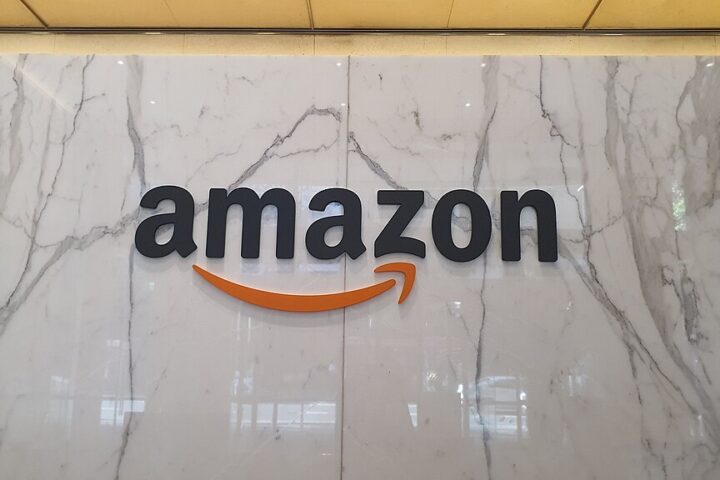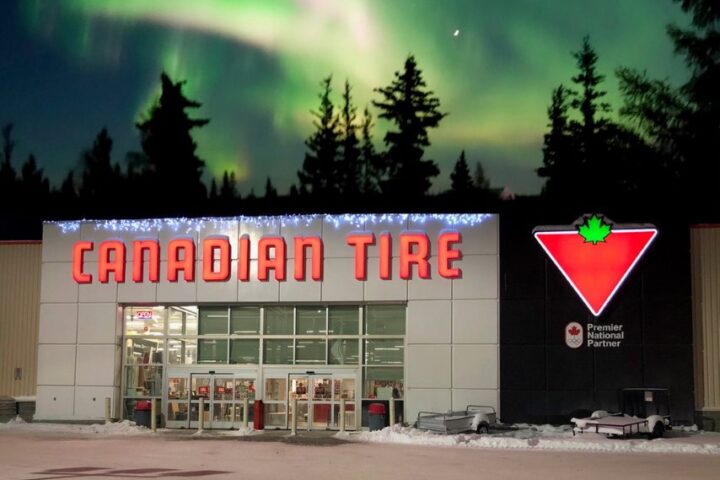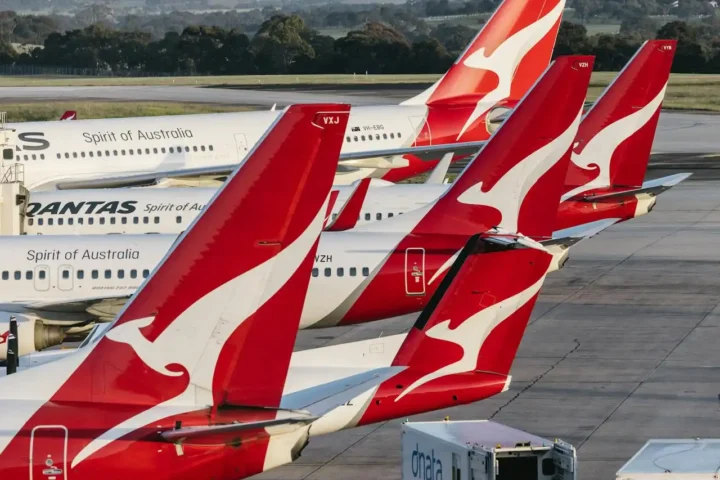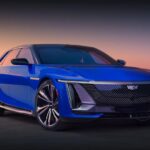SpaceX just made a massive $17 billion deal with EchoStar to buy wireless spectrum that will power its Starlink Direct to Cell service. The deal, announced on September 8, 2025, gives SpaceX the airwaves it needs to develop and deploy a next-generation Starlink Direct-to-Cell constellation.
The Money and the Plan
SpaceX is paying for this deal with up to $8.5 billion in cash and up to $8.5 billion in SpaceX stock. They’re also helping EchoStar by covering approximately $2 billion of cash interest payments on the company’s debt through November 2027.
This isn’t EchoStar’s only big spectrum sale recently. In August 2025, they sold different spectrum licenses to AT&T for $23 billion. EchoStar anticipates that this transaction with SpaceX along with the previously announced spectrum sale will resolve the Federal Communications Commission’s (FCC) inquiries.
What SpaceX is buying are called AWS-4 and H-block spectrum licenses. AWS-4 is in the 2 GHz range (2000-2020 MHz and 2180-2200 MHz), which falls within the S-band, while the H-block operates in adjacent frequencies. These frequency bands are well-suited for satellite-to-phone communication, with many modern phones able to use them, although compatibility depends on the device model and carrier integration.
What This Means for Phone Users
For regular people, this deal means better phone coverage in places where there’s currently no signal. Gwynne Shotwell, President & COO of SpaceX, said the deal will “advance our mission to end mobile dead zones around the world.”
As part of the agreement, SpaceX and EchoStar will enter into a long-term commercial agreement, which will enable EchoStar’s Boost Mobile subscribers to access SpaceX’s next generation Starlink Direct to Cell service. On participating carriers and supported phones, devices can automatically fall back to Starlink when terrestrial coverage isn’t available.
The current Starlink Direct-to-Cell service mainly handles text messages, but SpaceX plans to add voice calls and data service later in 2025. SpaceX says having this spectrum will increase capacity and should help speed and scale voice/data rollouts — subject to regulatory approvals and deployment.
Similar Posts
EchoStar’s Big Change of Plans
This deal marks a major shift for EchoStar. The company has entered a definitive agreement to sell its AWS-4 and H-block spectrum licenses to SpaceX.
The change happened suddenly. EchoStar had just signed a $1.3 billion contract with Canadian satellite maker MDA Space on August 1, 2025, to build 100 satellites for their own network. When they made the SpaceX deal, they immediately canceled that contract. MDA Space announced on September 8 that they had received a termination for convenience notification from EchoStar related to the constellation contract.
Hamid Akhavan, EchoStar’s CEO, explained that working with SpaceX would deliver satellite phone service “in a more innovative, economical and faster way for consumers worldwide.”
How the Service Works
SpaceX has approximately 600 Starlink satellites in orbit that can connect to phones. The service works with compatible phones without needing special hardware or apps, though handset compatibility depends on the device model and carrier.
Currently, SpaceX has partnerships with several mobile carriers including T-Mobile in the US, Rogers in Canada, and others around the world. These partnerships let customers send text messages via satellite when they’re in areas with no cell service.
The service is especially valuable during emergencies or for people who spend time in remote areas. SpaceX says its first-generation satellites “have already connected millions of people when they needed it most – during natural disasters so they could contact emergency responders and loved ones.”
What’s Next
The deal still needs approval from regulators before it’s final. Closing of the proposed transaction will occur after all required regulatory approvals are received and other closing conditions are satisfied.
SpaceX plans to develop next-generation satellites that will use this spectrum to significantly improve performance. For consumers, this should mean better satellite connectivity coming to phones in the next year, with texting services continuing to expand and voice and data capabilities following.
EchoStar said its other businesses, including DISH TV, Sling, and Hughes, will not be impacted by this transaction.
The story of SpaceX buying EchoStar’s spectrum shows how companies are racing to connect phones directly to space. This technology is bringing connectivity to places that were previously out of reach, making sure people can stay in touch no matter where they are.
The deal was announced on September 8, 2025, and will close after receiving regulatory approvals.
